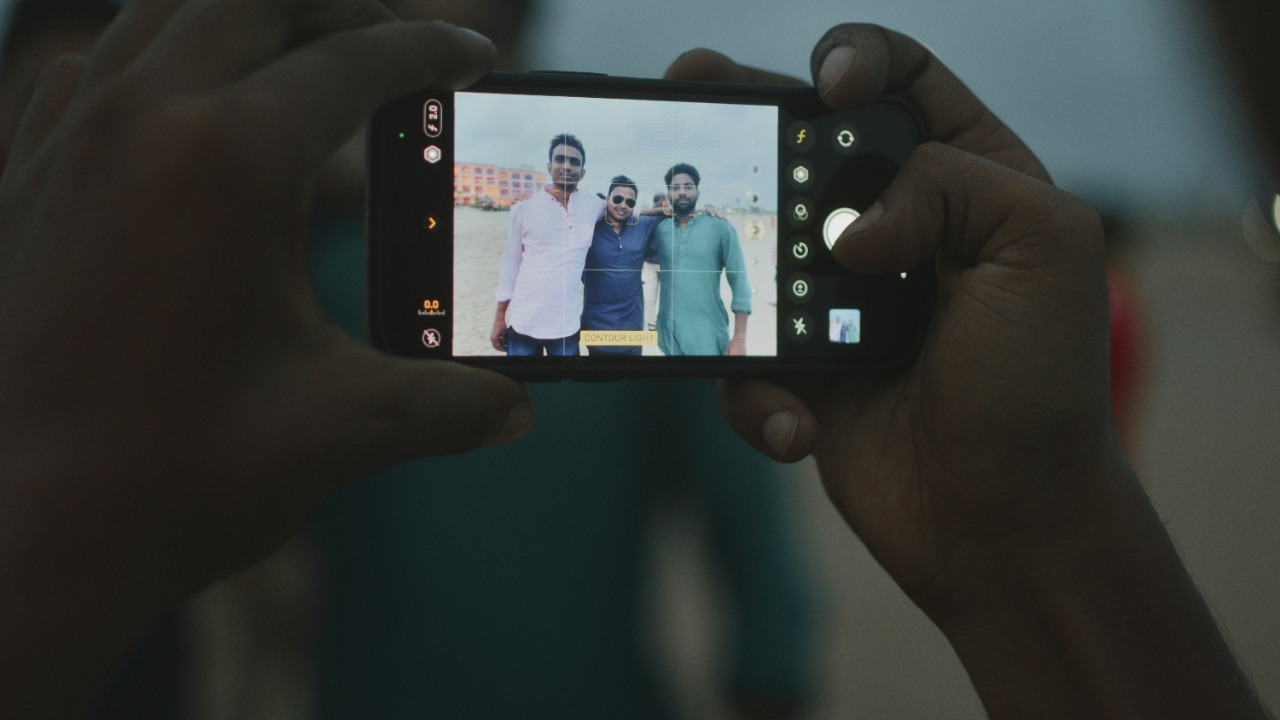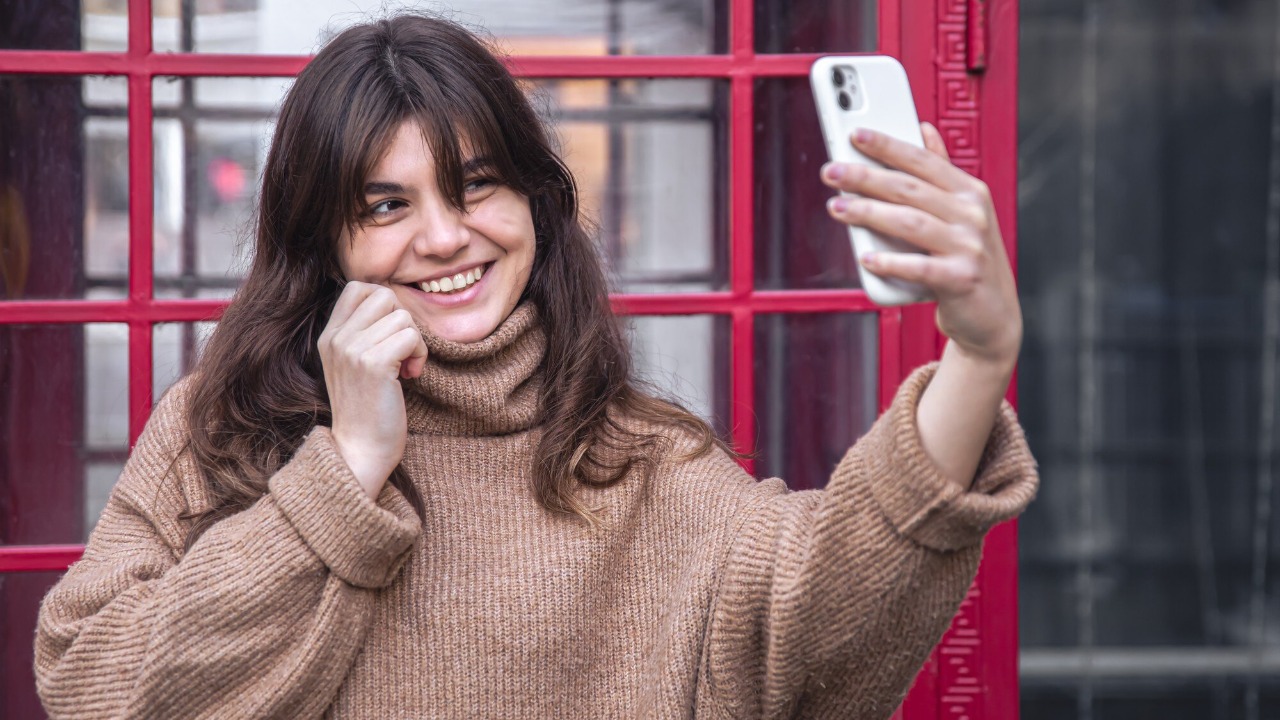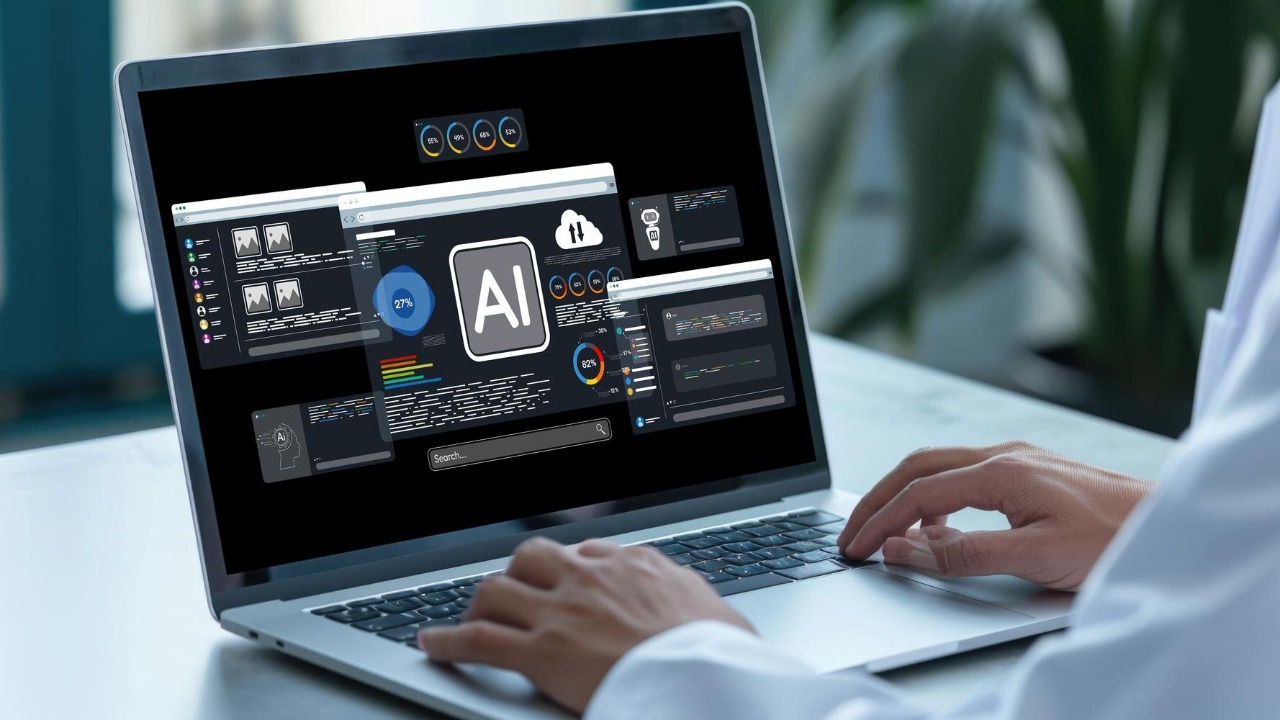
With the rise of artificial intelligence, photography has evolved significantly, offering both exciting possibilities and unforeseen challenges. While AI can enhance and automate many aspects of image processing, it also introduces potential drawbacks that could compromise the authenticity and quality of your photos. This exploration delves into why AI might not always be the photographer’s best friend.
The Loss of Authenticity in Photography

AI’s automated editing tools can significantly alter the original essence of a photograph. These tools often apply enhancements that, while technically impressive, can lead to overly polished and unrealistic images. This polished effect can strip away the unique qualities that make a photo a true reflection of reality, creating a visual experience that feels detached from genuine moments.
Moreover, the reliance on AI-generated enhancements can diminish the photographer’s creative input. As AI tools become the go-to solution for editing, there’s a risk of producing homogenized visual content that lacks the personal touch of the photographer. This erosion of authenticity may reduce the emotional impact and storytelling potential of photos, which are often the core reasons people cherish them.
Over-Reliance on AI Technology

The convenience of AI tools in photo editing might discourage photographers from learning the intricacies of their craft. As AI becomes more sophisticated, there’s a temptation to lean on these technologies for quick fixes, potentially at the expense of traditional editing skills. This over-reliance can lead to a loss in the depth of knowledge required to produce truly stunning images manually.
Furthermore, a lack of understanding of the underlying technology may result in poorly executed edits. Without a firm grasp of how AI algorithms function, photographers might find themselves at the mercy of the technology, accepting its outputs without the ability to make nuanced corrections. This dynamic can undermine the role of the photographer as a skilled artisan.
Privacy and Ethical Concerns

AI’s ability to manipulate images raises significant questions about authenticity and the potential for misuse in creating misleading or deceptive content. As these technologies become more prevalent, the line between genuine and manipulated images blurs, posing challenges to societal trust in visual media.
Moreover, the use of AI in photography can lead to privacy violations. Technologies such as facial recognition and other identification systems introduce concerns about consent and surveillance. Ethical issues also arise as AI is employed in surveillance and data collection, impacting both photographers and subjects. These developments call for a careful examination of how AI tools are implemented and the regulations that should govern their use.
The Impact on Professional Photography Industry

AI tools are making high-quality photo editing accessible to amateurs, potentially devaluing professional photography services. As advanced editing techniques become available to the general public, the unique skills that once set professionals apart are now within reach for anyone with access to the right software.
This democratization of photographic expertise challenges the competitive edge of professional photographers. There’s a risk of job displacement for those who are unable to adapt to the AI-driven market changes. As the boundaries between amateur and professional work blur, the industry must find ways to adapt to this new reality, perhaps by emphasizing the value of human creativity and judgement.
Technical Limitations and Errors

Despite the advancements in AI technology, algorithms can sometimes misinterpret image data, leading to errors in photo processing and editing. These misinterpretations can affect the final product, leaving photographers with images that don’t meet their standards or expectations.
Furthermore, AI technology may struggle with complex scenes or diverse elements, resulting in suboptimal image quality. The reliance on AI can lead to a lack of control over the final output, as photographers have limited ability to correct AI-induced issues. This is particularly concerning when the technology is applied to nuanced or subtle photographic tasks where human expertise is invaluable.
In conclusion, while AI presents numerous benefits, it’s crucial to be aware of the potential downsides. By maintaining a balance between leveraging technology and preserving human artistry, photographers can continue to produce meaningful and authentic work. For additional insights into how AI is influencing various industries, explore the impact of AI on rental car services and other sectors.